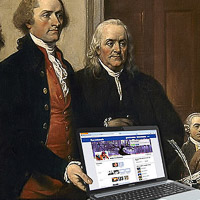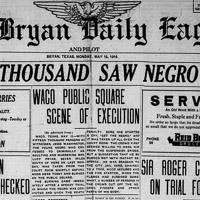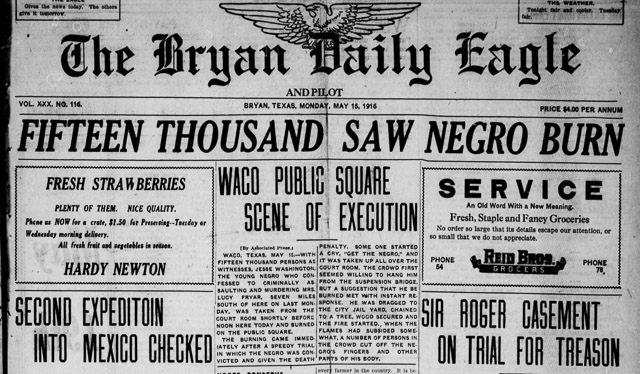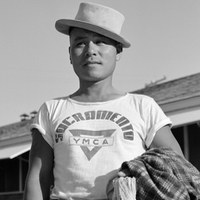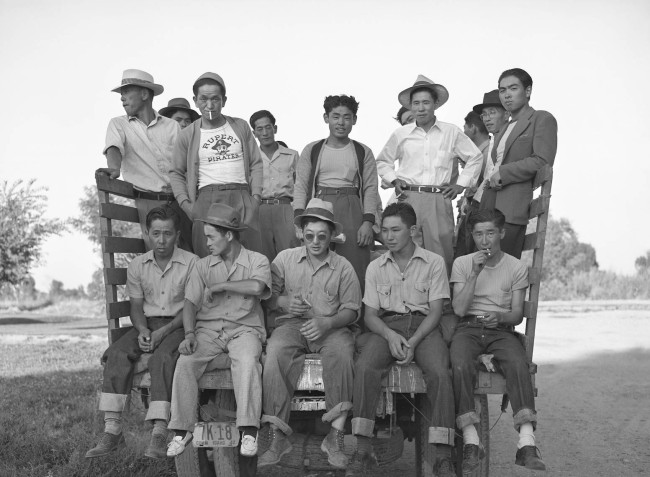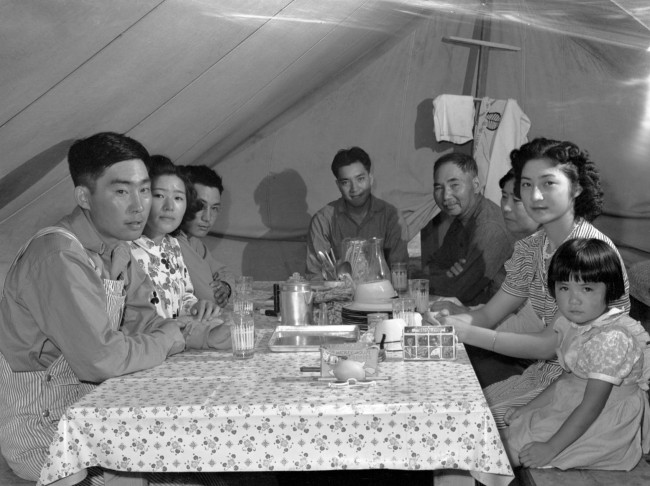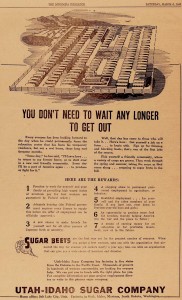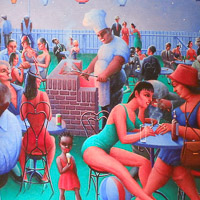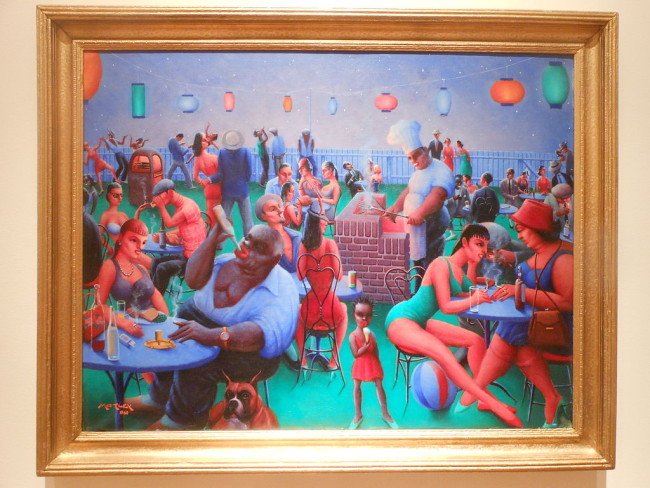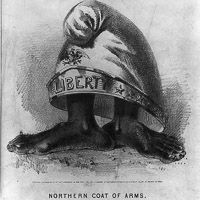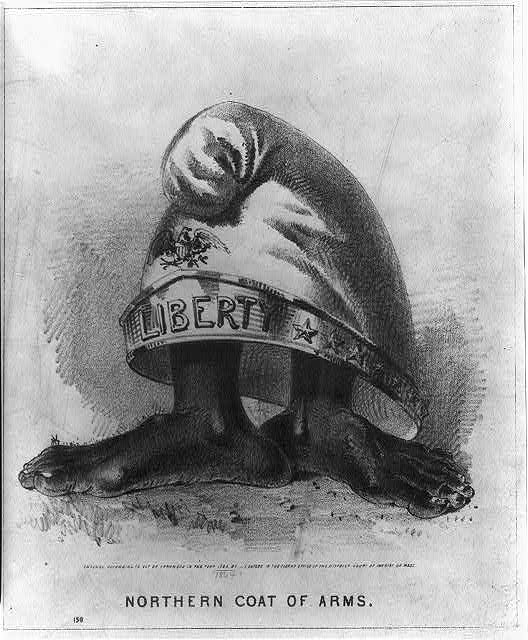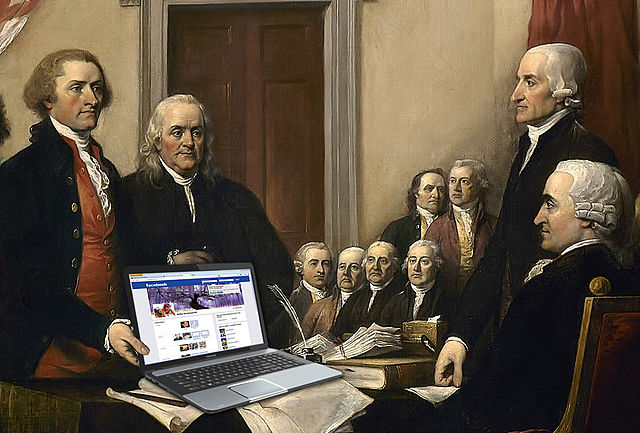 The Founding Fathers wanted the Supreme Court to represent the “will of the people.”
The Founding Fathers wanted the Supreme Court to represent the “will of the people.”
___ True ___ False
I have to keep Mitch after class to review how the Founding Fathers designed the Supreme Court
Any high school student who’s been paying attention would know that the correct answer is “false.” I’m guessing that Mitch McConnell and the Senate Republicans would incorrectly answer “True.” Remember – the central argument being raised by Republican Senators who refuse to even consider President Obama’s nomination of Merrick B. Garland to the Supreme Court is “Let the people have a voice.” So I’m going to keep Mitch (and his Senate buddies) after class to review how the Founding Fathers designed the federal judiciary selection process. The late Justice Antonin Scalia justified many of his decisions by claiming to know the Founding Fathers’ “intent” – so let’s use the original constitution for this model.
- Only a fraction of the American people (white, property-owning, males) are allowed to vote.
- Each state selects elite “electors” who have the final say in an elaborate procedure that serves as an indirect selection of the President.
- Each state legislature selects two Senators to represent the interests of the state. (Since they don’t represent the American people, every state gets the same number of Senators). Only 1/3 of Senate is up for reelection every two years. Senators serve a term of 6 years (vs 2 years for the popularly elected House of Representatives). The Founders gave the Senate the power to approve Presidential treaties and appointments because it was the legislative house most insulated from the whims of the electorate.
- The President nominates a Supreme Court justices. (Same for all other federal judges). A majority of the Senate must approve the President’s nomination to the court.
- Presidents and members of Congress have fixed terms, federal judges serve for life. Judges’ salaries cannot be diminished during their time of service.
- The judge’s life tenure is “during good behavior.” Any high crimes and misdemeanors can be challenged by the popularly elected House of Representative through an impeachment (finally, there’s some “will of the people”). But the actual trial of the judge is handled by the Senate.
If the Founding Fathers believed the “people must have a voice” the constitution would have provided for popular election of federal judges. “Let the people decide” is an ironic justification when discussing the process for selecting a replacement for Scalia – the self-appointed champion of the Founding Fathers’ intent.
Image credit: “Online Privacy and the Founding Fathers” By Matt Shirk (Own work) [CC BY-SA 4.0], via Wikimedia Commons
